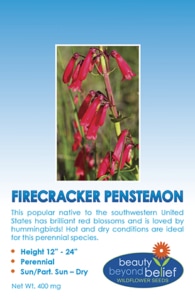ILLITERATE GARDEN
Garden Problems We All Have
By: Sandy Swegel
“My garden is illiterate. It didn’t read the book about what it can’t do.”
That was the wisecracking opening remark at a gardening talk I attended recently. We all laughed and during the break we started talking about some of the stupidest plants we know.
Looking at wild plants, we laughed about orchids native to cold, arid Colorado. But the most illiterate plants are the ones we humans planted because we didn’t know better.
The plants that don’t know they can’t survive in Zone 5.
Pineapple sage don’t you know anything? You like living in semi-tropics. What are you doing living another year in the Colorado clay soil iris garden with 70 mph winds?
The plants that don’t know that being an annual means can’t live longer than one year.
Yep Verbena bonariensis I’m talking about you. The books say you are an annual but I’ve watched you survive for three years in a row. Ditto snapdragons…I have trees younger than you.
Plants that don’t know they are supposed to be invasive.
I’m waiting for you, bamboo. Any day now you’re supposed to fill in that entire border between my yard and my neighbor’s ugly garage. Sure, four years ago I saw one runner into the grass…but what have you done lately?
Codependent plants.
These are the plants that not only don’t know they can’t survive but also put up with terrible abuse. Don’t be sweet-talking me Japanese Maple. You know who you are. You croaked all those times I planted you in protected areas and nurtured you with extra mulch in winter and water in summer. But the year I put you, a tree, in a pot with six other plants on a third-floor deck without protection from the cold and without winter watering…that’s the year you survive?
If it were up to humans, we’d never have surprises in the garden or tulips blooming in July or scabiosa blooming in December literally under the snow. Or the gallardia that blooms in my driveway. We won’t even mention the weed that seeded and bloomed in my truck bumper the December I was driving around Louisiana.
What a relief that our plants are so darn illiterate.
Photocredits:
fullycoolpix.blogspot.com/2014/08/plants-live-everywhere.html
www.boredpanda.com/plants-flowers-versus-concrete-asphalt-pavement/




